.01
Mdina's Main Gate
The Mdina Gate consists of a baroque entrance. The portal or gate is decorated with double pilasters, the coat of arms of Grand Master António Manoel de Vilhena (who rebuilt the city after the earthquake), the coat of arms of the city of Mdina, along with a trophy of arms and a Latin inscription. The back of the gate is decorated with statues of St. Publius, St. Agatha and St. Paul, who are the patron saints of Malta. An arched stone bridge is the main road and entrance to the city.
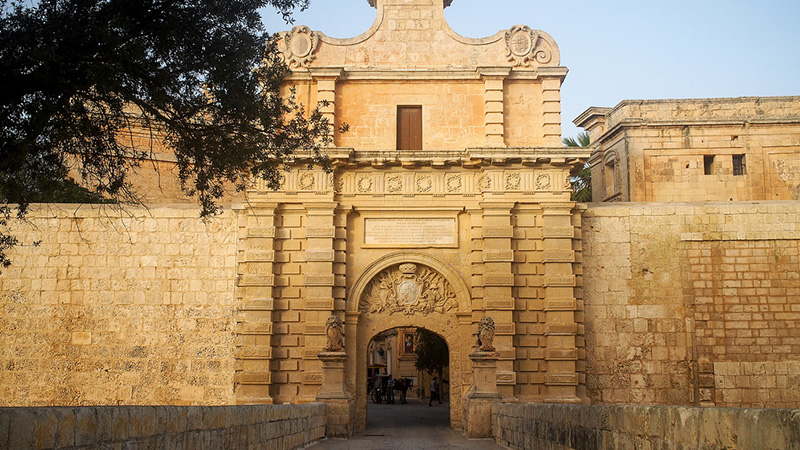
.01
Mdina's Main Gate
The Mdina Gate consists of a baroque entrance. The portal or gate is decorated with double pilasters, the coat of arms of Grand Master António Manoel de Vilhena (who rebuilt the city after the earthquake), the coat of arms of the city of Mdina, along with a trophy of arms and a Latin inscription. The back of the gate is decorated with statues of St. Publius, St. Agatha and St. Paul, who are the patron saints of Malta. An arched stone bridge is the main road and entrance to the city.
.02
Palazzo Vilhena/The National Museum of Natural History
The National Museum of Natural History in the medieval walled city of Mdina is housed in Palazzo Vilhena, a French Baroque palace rebuilt in 1726 by Grand Master Antonio Manoel de Vilhena to the designs of Charles François de Mondion. The museum opened to the public in 1973 and is run by Heritage Malta. The museum gives the visitor an overview of Maltese ecosystems displaying a large variety of minerals, fossils, insects, reptiles, birds, mammals, fish and sections about Geology and Palaeontology.
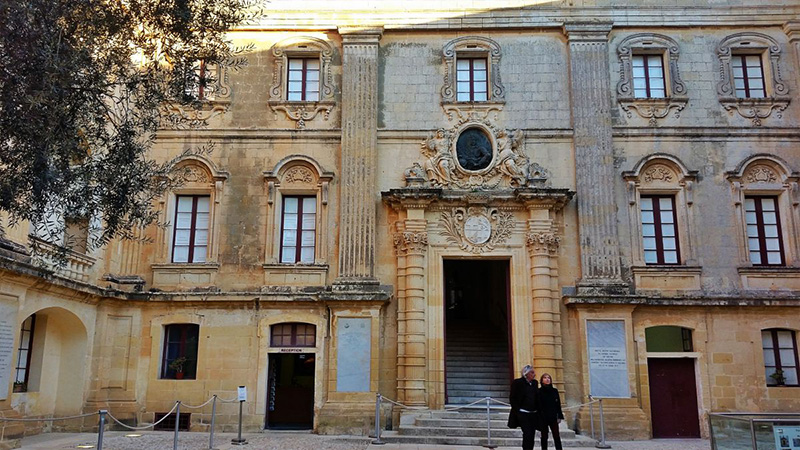
.02
Palazzo Vilhena/The National Museum of Natural History
The National Museum of Natural History in the medieval walled city of Mdina is housed in Palazzo Vilhena, a French Baroque palace rebuilt in 1726 by Grand Master Antonio Manoel de Vilhena to the designs of Charles François de Mondion. The museum opened to the public in 1973 and is run by Heritage Malta. The museum gives the visitor an overview of Maltese ecosystems displaying a large variety of minerals, fossils, insects, reptiles, birds, mammals, fish and sections about Geology and Palaeontology.
.03
St. Paul's Cathedral
St. Paul’s Cathedral is a Roman Catholic cathedral in the city of Mdina. It is built on the site where governor Publius was reported to have met Saint Paul following his shipwreck off the Maltese coast. The old church was modified and enlarged several times. The building we can see today was designed by the architect Lorenzo Gafa and it was built between 1697 and 1702 to replace a ruined Norman cathedral destroyed in 1693.
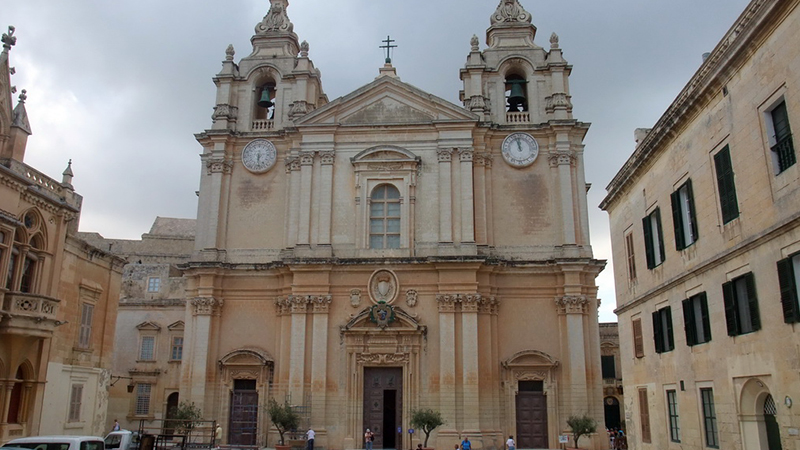
.03
St. Paul's Cathedral
St. Paul’s Cathedral is a Roman Catholic cathedral in the city of Mdina. It is built on the site where governor Publius was reported to have met Saint Paul following his shipwreck off the Maltese coast. The old church was modified and enlarged several times. The building we can see today was designed by the architect Lorenzo Gafa and it was built between 1697 and 1702 to replace a ruined Norman cathedral destroyed in 1693.
.04
Nunnery of St. Benedict
The Benedictine nuns in Mdina are first mentioned in 1450. The present building is based on a medieval hospital for women. It was enlarged and totally restored in 1625. The rules of this Order are extremely strict and the nuns are never allowed to leave the building, not even after their death. Every nun is buried in the crypt and the only men allowed in are the doctor and the decorator. Today about 20 nuns live there.
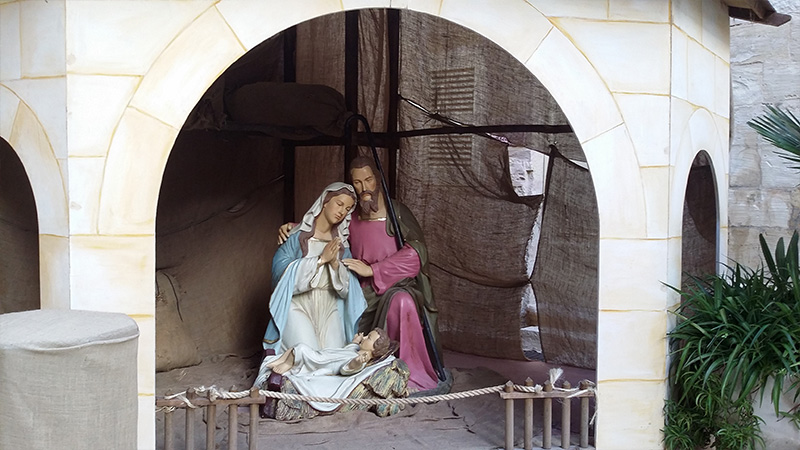
.04
Nunnery of St. Benedict
The Benedictine nuns in Mdina are first mentioned in 1450. The present building is based on a medieval hospital for women. It was enlarged and totally restored in 1625. The rules of this Order are extremely strict and the nuns are never allowed to leave the building, not even after their death. Every nun is buried in the crypt and the only men allowed in are the doctor and the decorator. Today about 20 nuns live there.
.05
Rabat
The name of the town is derived from the Arabic word for ‘suburb’, as it was the suburb of the old capital, Mdina. Half of the present-day village core also formed part of the Roman city of Melita, before the latter was resized during the Arabic occupation. The village shares its name with the capital of Morocco. Victoria, another town on the island of Gozo, is also known in Maltese as Rabat. Home to the famous Catacombs of St. Paul and of St. Agatha, parts of Rabat were built on top of an ancient Roman city. These catacombs were used in Roman times to bury the dead, as according to Roman culture it was unhygienic to bury one’s dead inside the city of Mdina. Scenes from the films Munich and Black Eagle were shot within the town limits of Rabat.
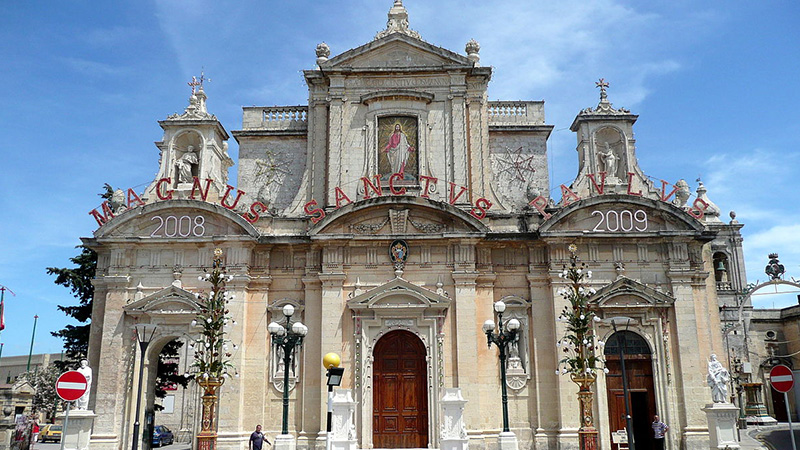
.05
Rabat
The name of the town is derived from the Arabic word for ‘suburb’, as it was the suburb of the old capital, Mdina. Half of the present-day village core also formed part of the Roman city of Melita, before the latter was resized during the Arabic occupation. The village shares its name with the capital of Morocco. Victoria, another town on the island of Gozo, is also known in Maltese as Rabat. Home to the famous Catacombs of St. Paul and of St. Agatha, parts of Rabat were built on top of an ancient Roman city. These catacombs were used in Roman times to bury the dead, as according to Roman culture it was unhygienic to bury one’s dead inside the city of Mdina. Scenes from the films Munich and Black Eagle were shot within the town limits of Rabat.
.06
St. Paul's Catacombs in Rabat
St Paul’s catacombs are a must-see for any ancient history enthusiast. They take their name from their proximity to St. Paul’s church and grotto in Rabat, where the apostle is believed to have preached during his sojourn in Malta. This underground labyrinth sepulchre with hundreds of tombs dates from the 3rd century and make up one of the earliest archaeological evidence of Christianity in Malta. It is one of the largest hypogea that covers an area of over 2,000 square metres having a large hall divided into two chambers.
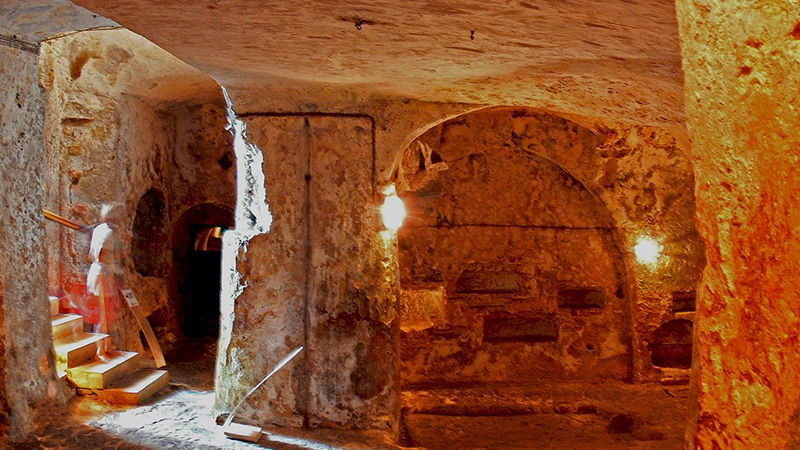
.06
St. Paul's Catacombs in Rabat
St Paul’s catacombs are a must-see for any ancient history enthusiast. They take their name from their proximity to St. Paul’s church and grotto in Rabat, where the apostle is believed to have preached during his sojourn in Malta. This underground labyrinth sepulchre with hundreds of tombs dates from the 3rd century and make up one of the earliest archaeological evidence of Christianity in Malta. It is one of the largest hypogea that covers an area of over 2,000 square metres having a large hall divided into two chambers.
.07
Greek Gate
The Greek Gate is one of the three gates built into the fortified city of Mdina. The gate was originally built in the medieval period, and Charles François de Mondion built its outer portal in the Baroque style in 1724.
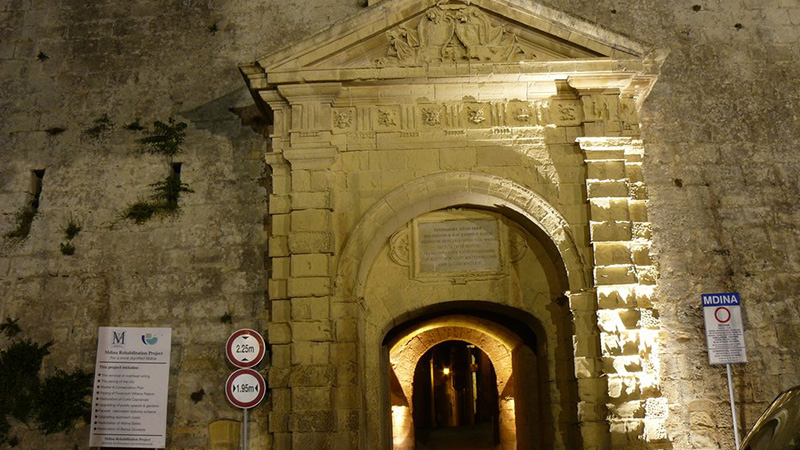
.07
Greek Gate
The Greek Gate is one of the three gates built into the fortified city of Mdina. The gate was originally built in the medieval period, and Charles François de Mondion built its outer portal in the Baroque style in 1724.
.08
Bastion Square
At the northern end of Triq Villegaignon is the delightful Bastion Square. This military name belies the charm of this little square which has the best views over the bastions of anywhere in Mdina. There is a parapet perched atop the bastions which allows you to walk along a section of the bastion allowing for some of the best views in Malta including the village of Mtarfa high on its adjacent green hill to the North, the iconic Mosta Dome to the North West and even to Valletta and Sliema in the West.
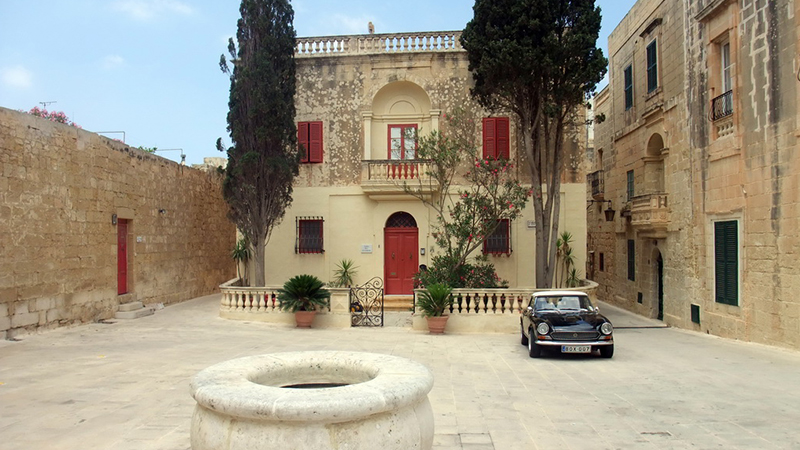
.08
Bastion Square
At the northern end of Triq Villegaignon is the delightful Bastion Square. This military name belies the charm of this little square which has the best views over the bastions of anywhere in Mdina. There is a parapet perched atop the bastions which allows you to walk along a section of the bastion allowing for some of the best views in Malta including the village of Mtarfa high on its adjacent green hill to the North, the iconic Mosta Dome to the North West and even to Valletta and Sliema in the West.
.09
The Roman Villa
If you are one of those who are fascinated by everything and anything from the Roman Empire, the Roman Villa or Domvs Romana will intrigue you. It offers a glimpse into the life of an aristocratic Roman family. It is located in Rabat directly outside the Mdina Ditch. Undoubtedly the most valuable and interesting things to see in the villa are the authentic and well preserved Roman Mosaics.
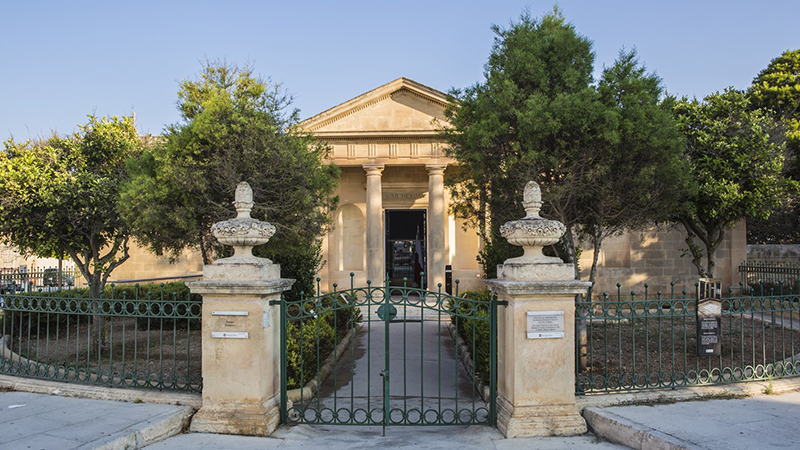
.09
The Roman Villa
If you are one of those who are fascinated by everything and anything from the Roman Empire, the Roman Villa or Domvs Romana will intrigue you. It offers a glimpse into the life of an aristocratic Roman family. It is located in Rabat directly outside the Mdina Ditch. Undoubtedly the most valuable and interesting things to see in the villa are the authentic and well preserved Roman Mosaics.
.10
Serkin
Maltese traditional and tantalisingly delicious pastizzi shouldn’t be missed by any visitor to Malta. Located across from a beautiful garden from Mdina, in the historic village of Rabat, you’ll find Serkin which is more commonly known as ‘Crystal Palace’. This tiny pastizzeria epitomises village life in Malta and is certainly not refined but is very much alive. The pastizzi are excellent and ridiculously cheap so indulge yourself this once and you’ll be pleased you did.
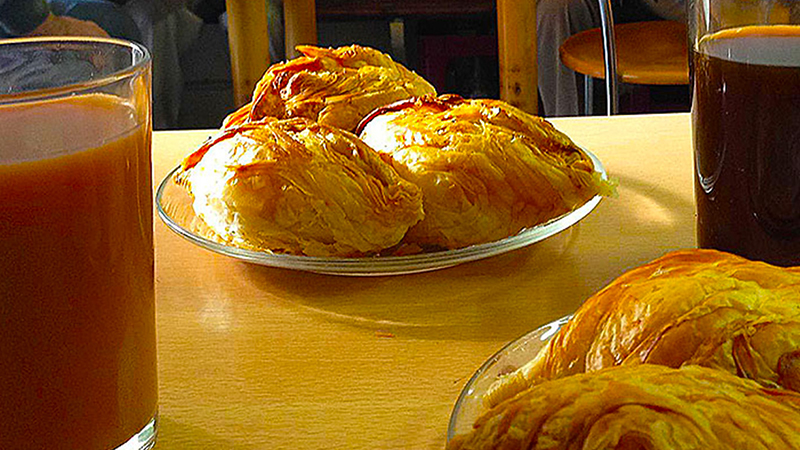
.10
Serkin
Maltese traditional and tantalisingly delicious pastizzi shouldn’t be missed by any visitor to Malta. Located across from a beautiful garden from Mdina, in the historic village of Rabat, you’ll find Serkin which is more commonly known as ‘Crystal Palace’. This tiny pastizzeria epitomises village life in Malta and is certainly not refined but is very much alive. The pastizzi are excellent and ridiculously cheap so indulge yourself this once and you’ll be pleased you did.